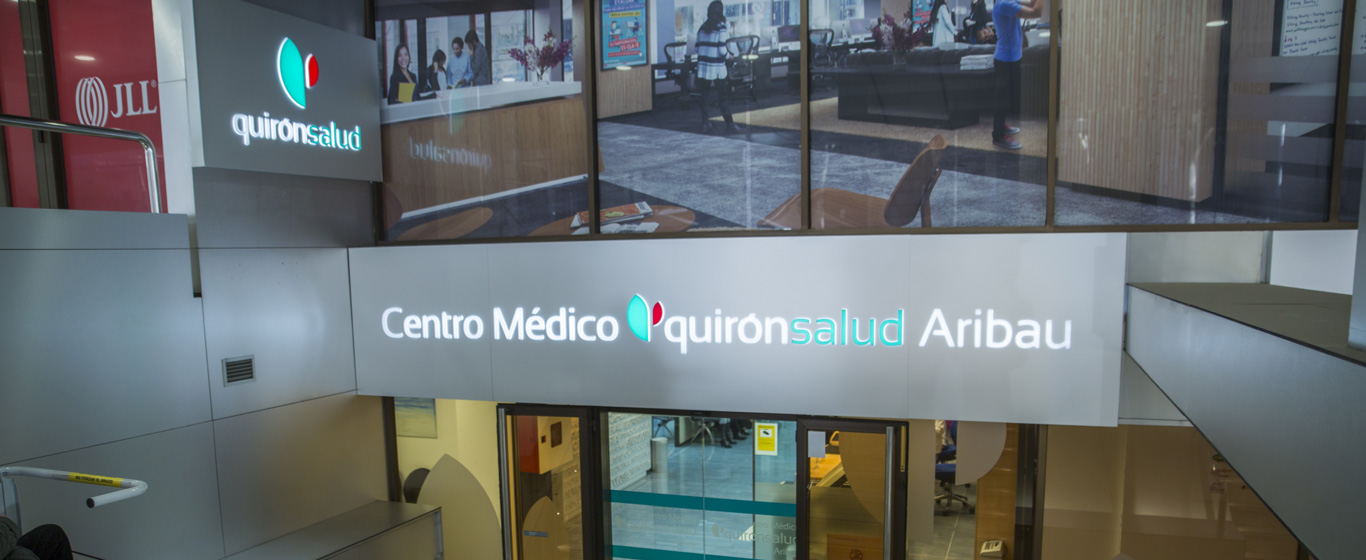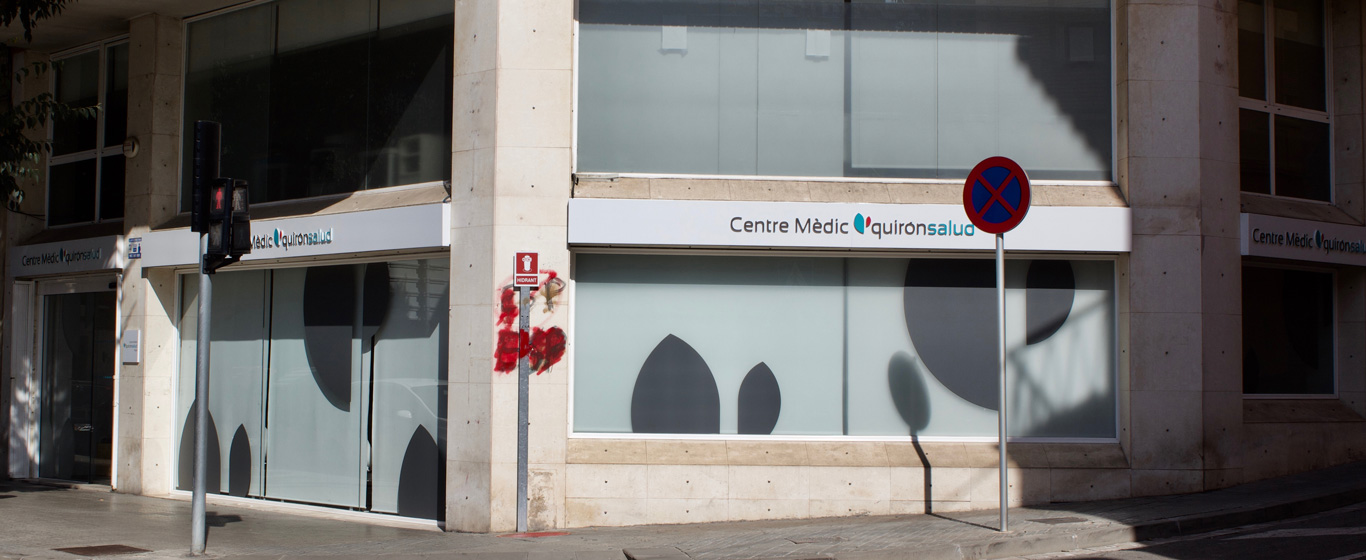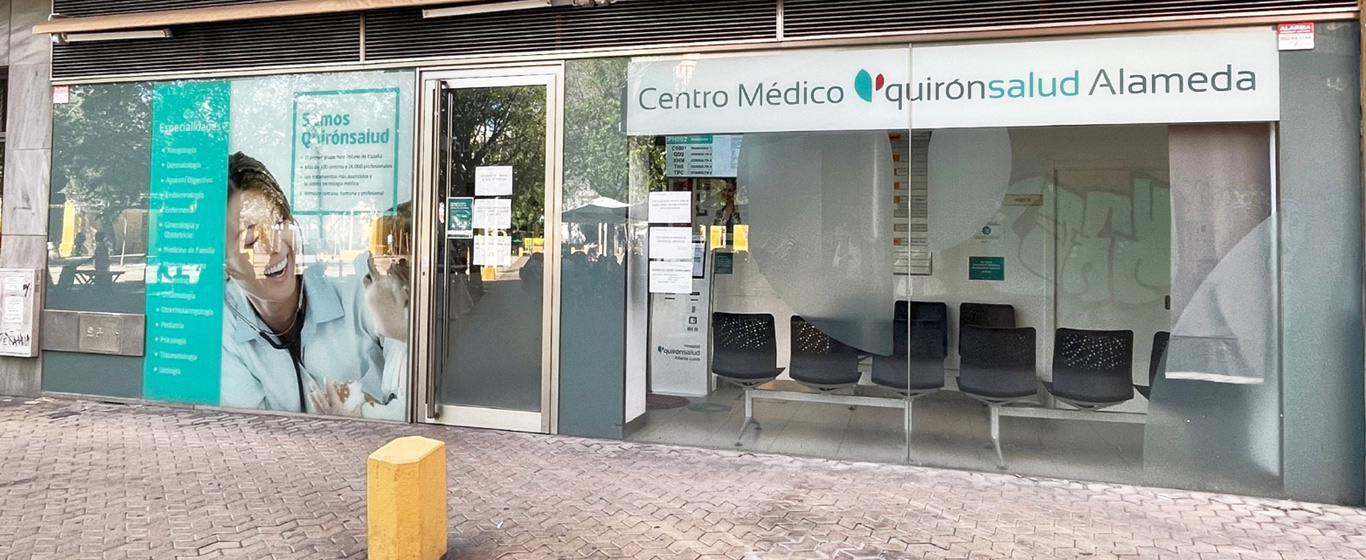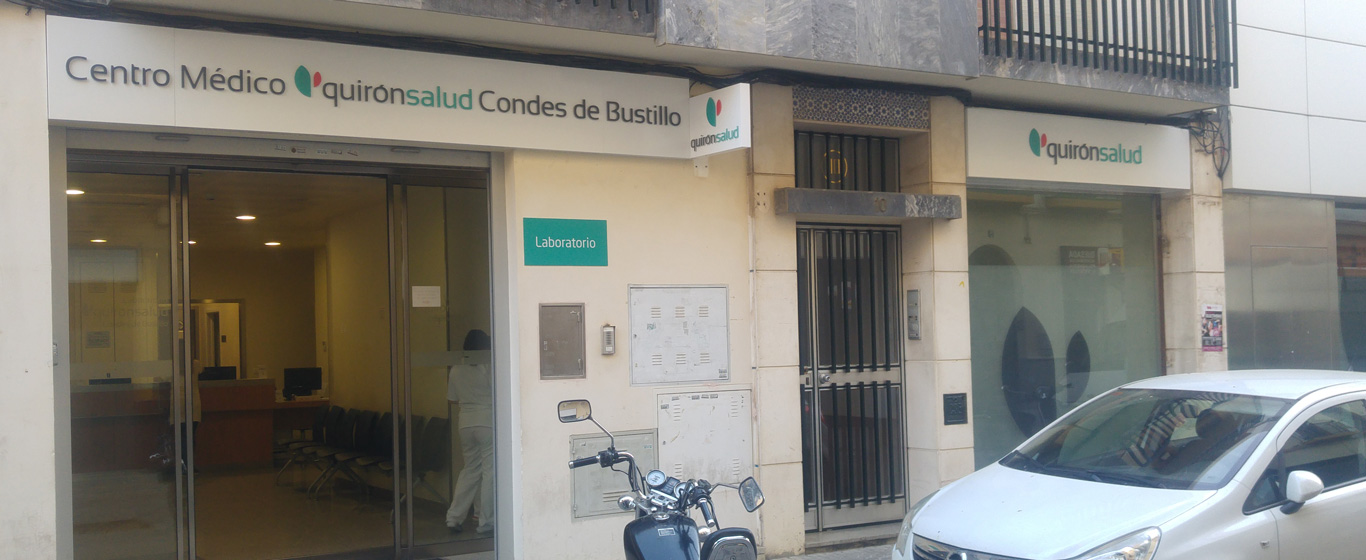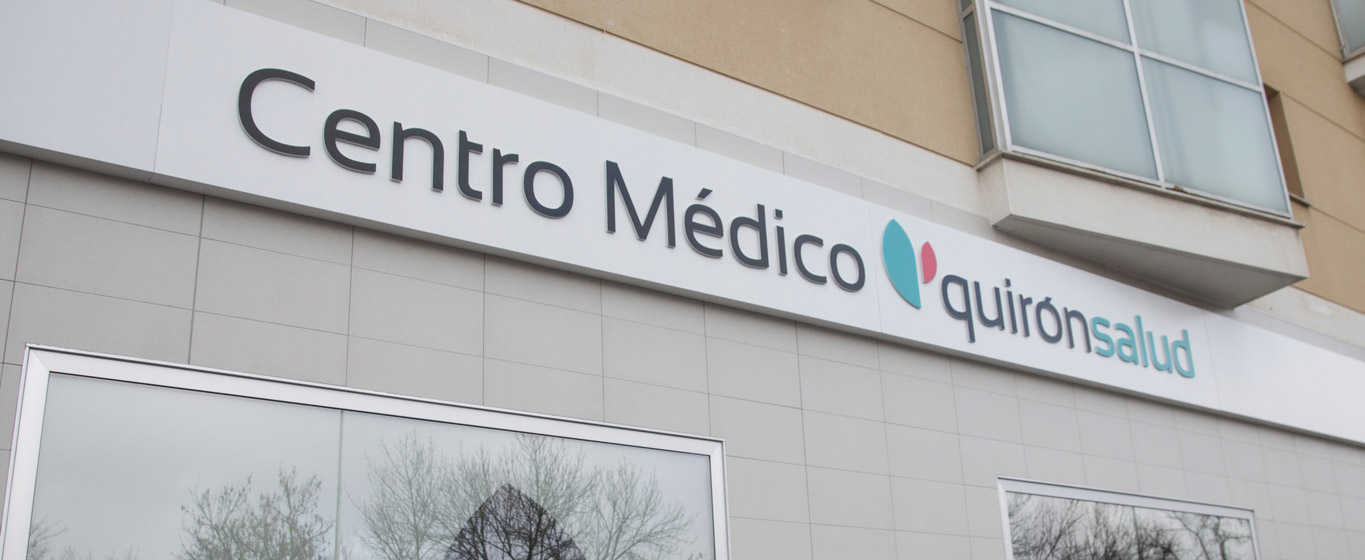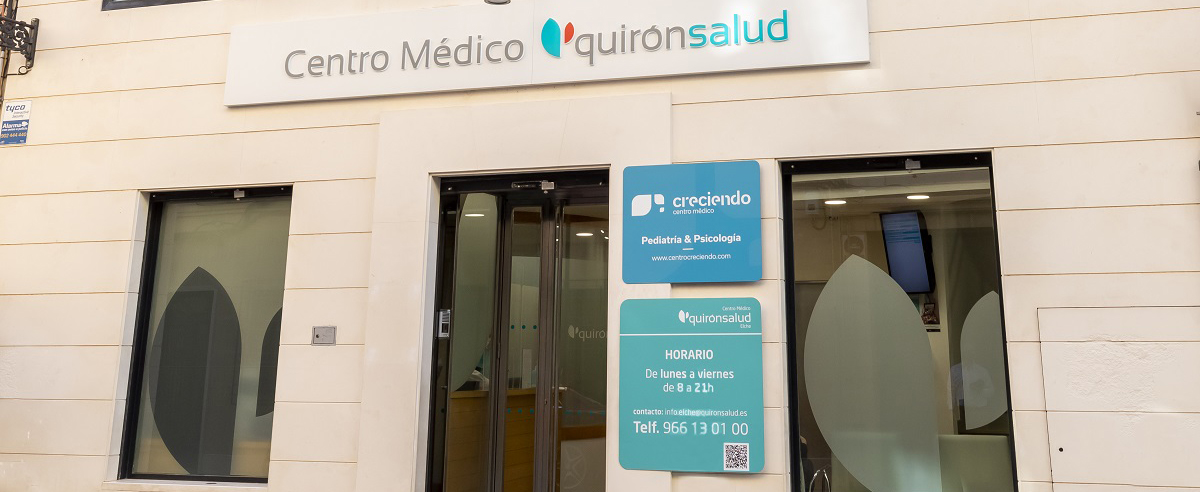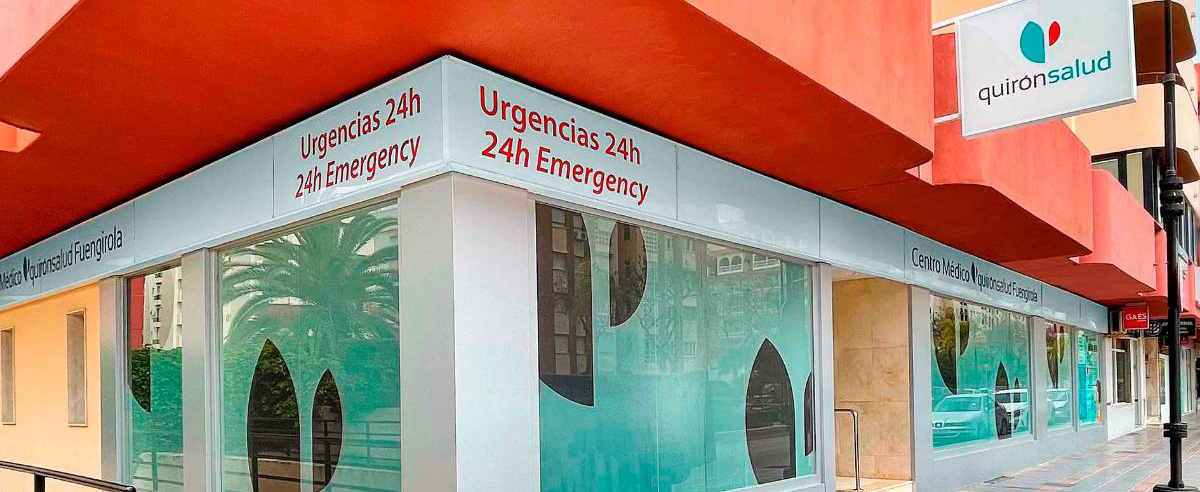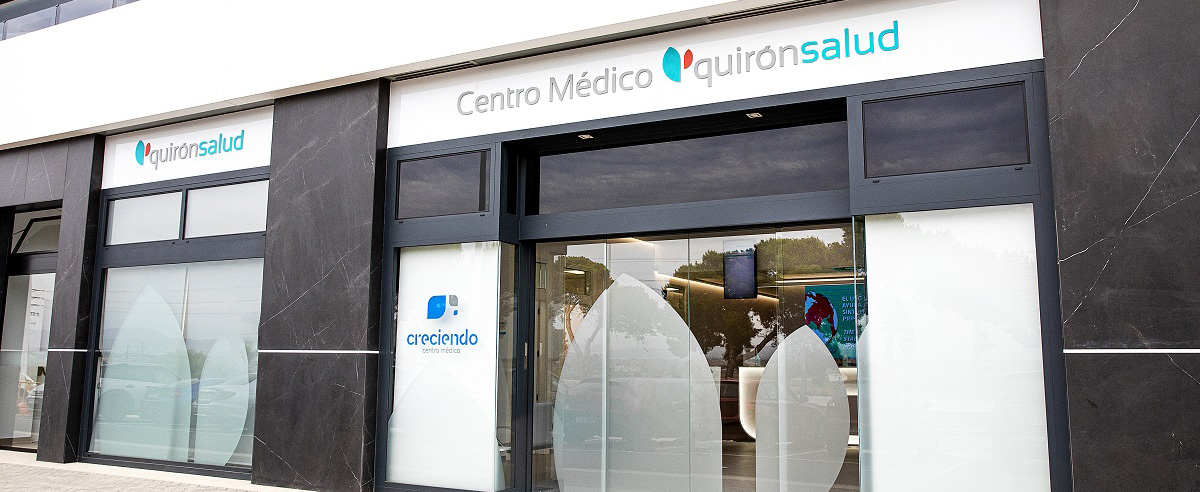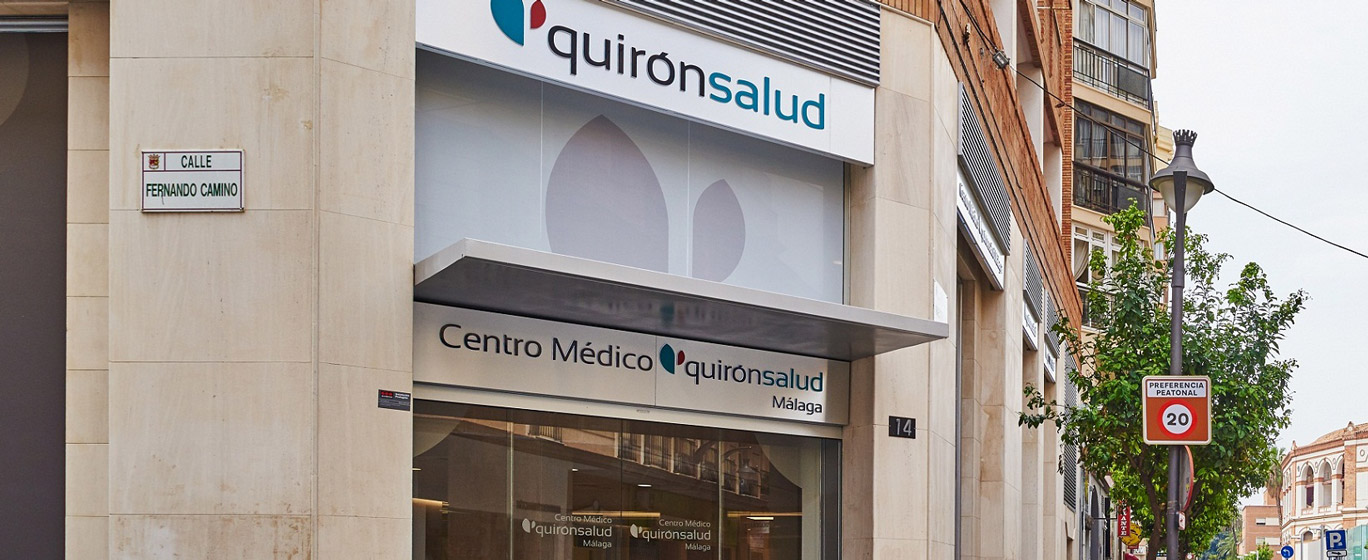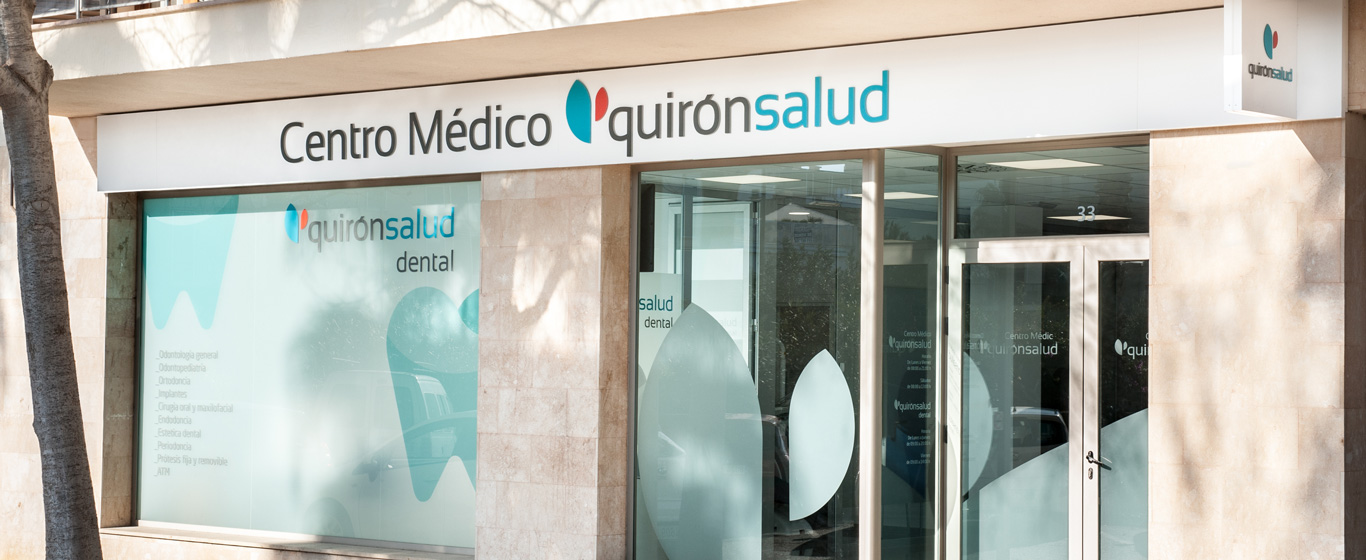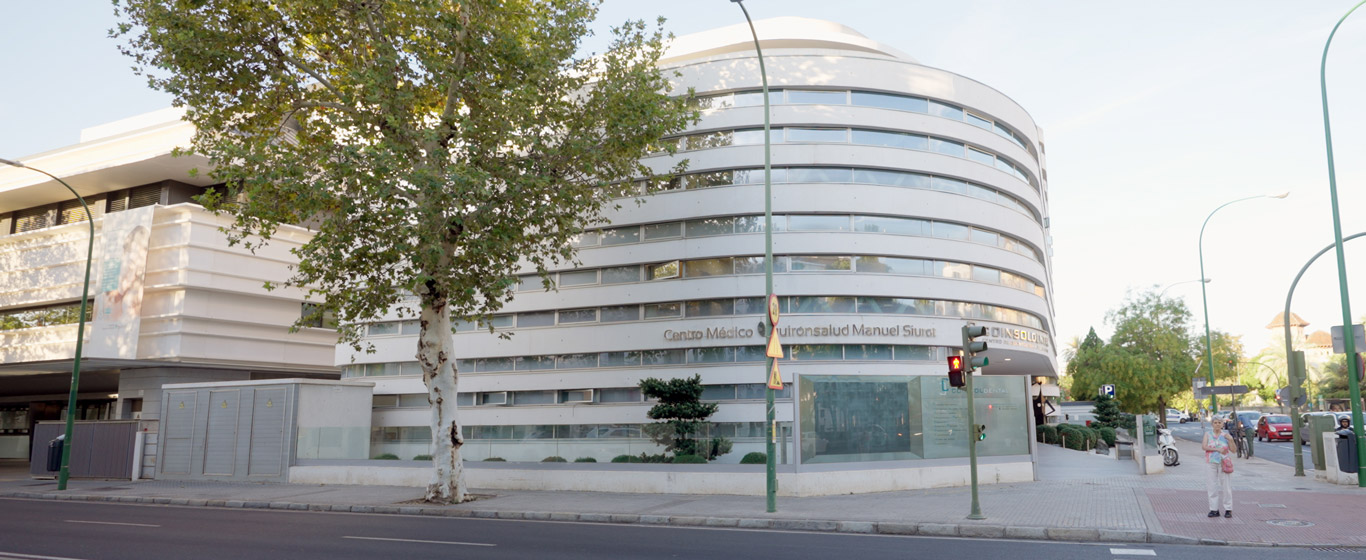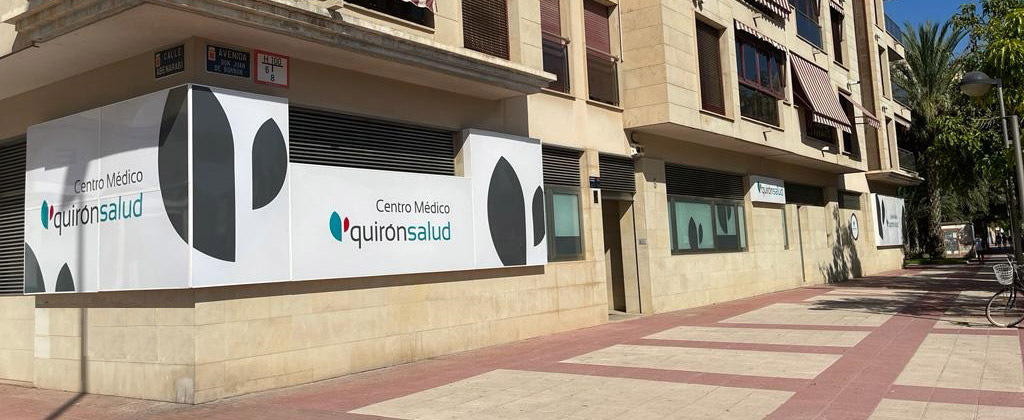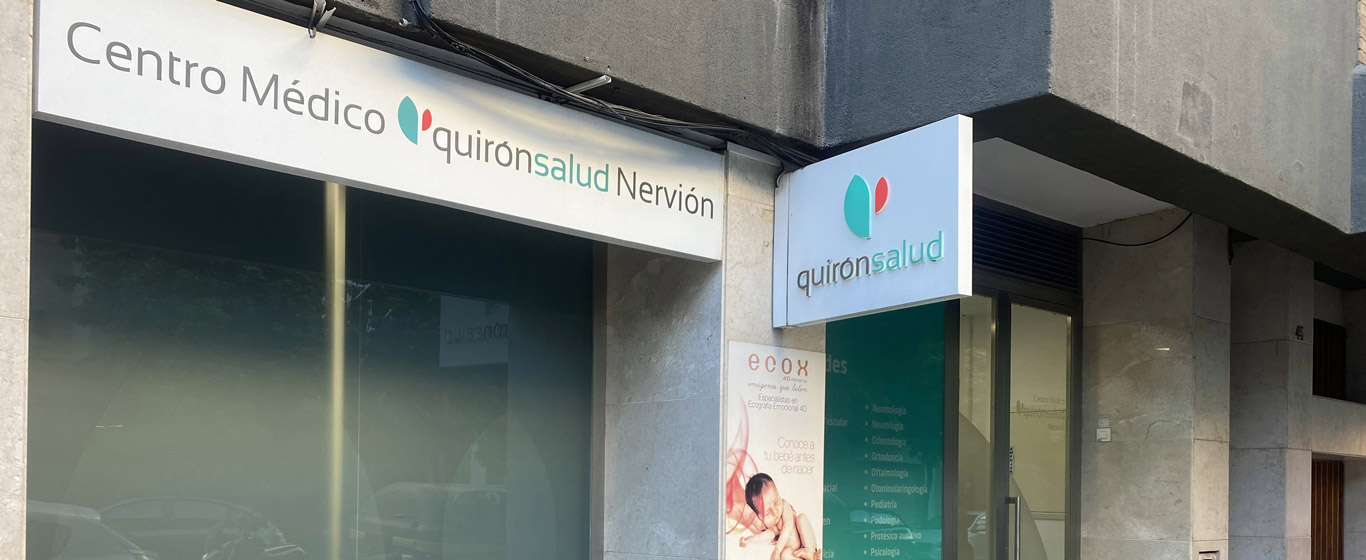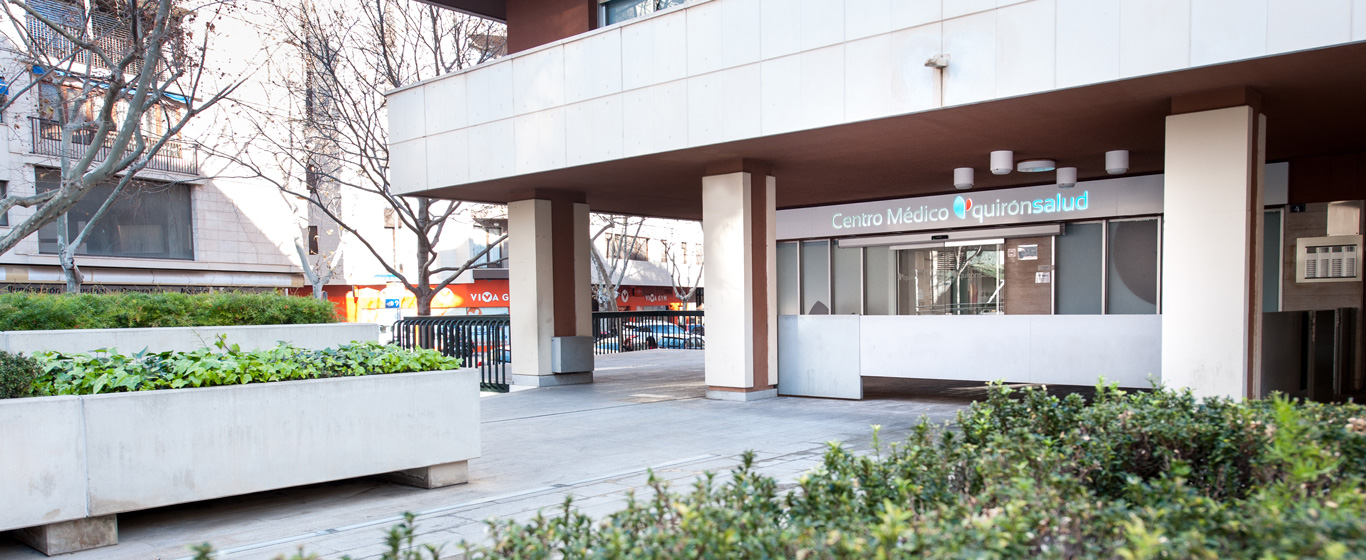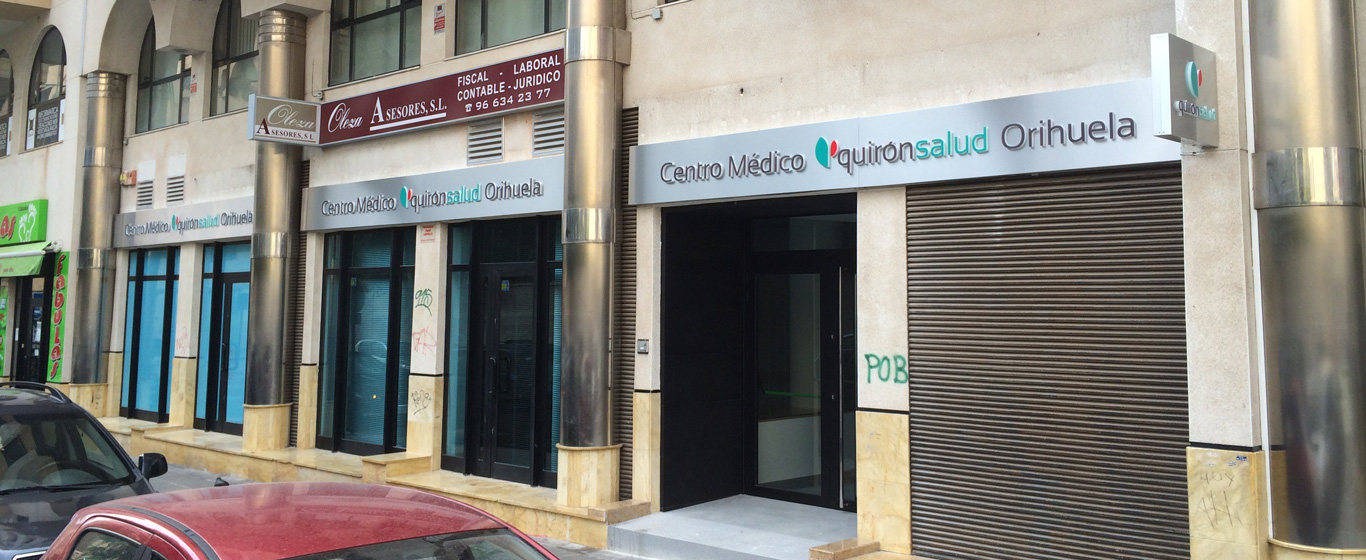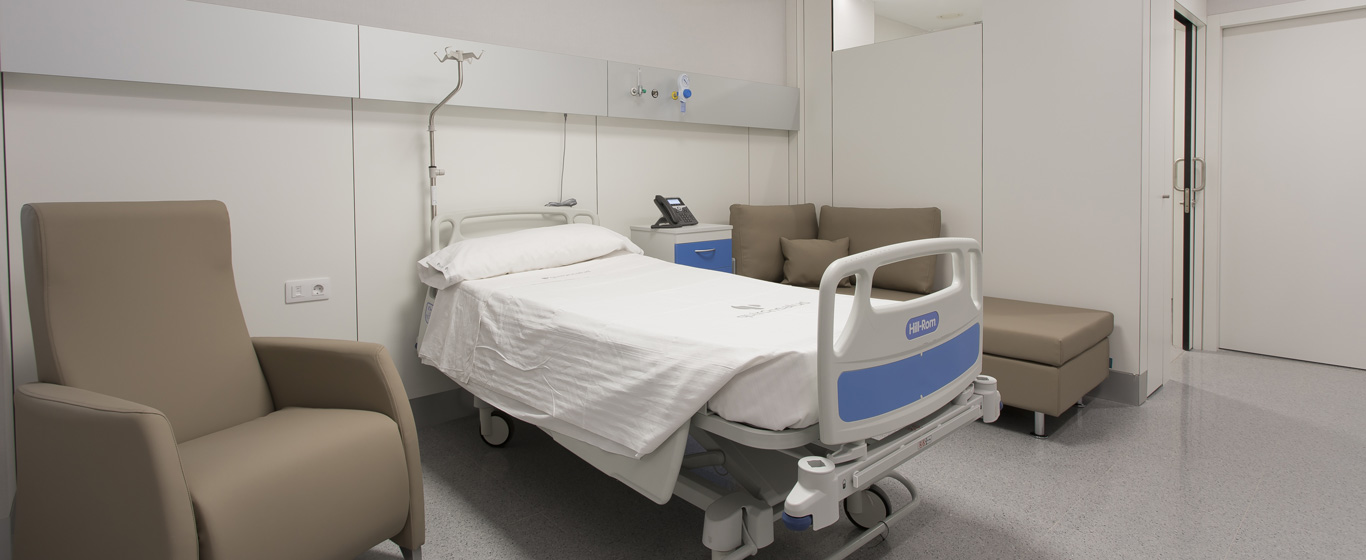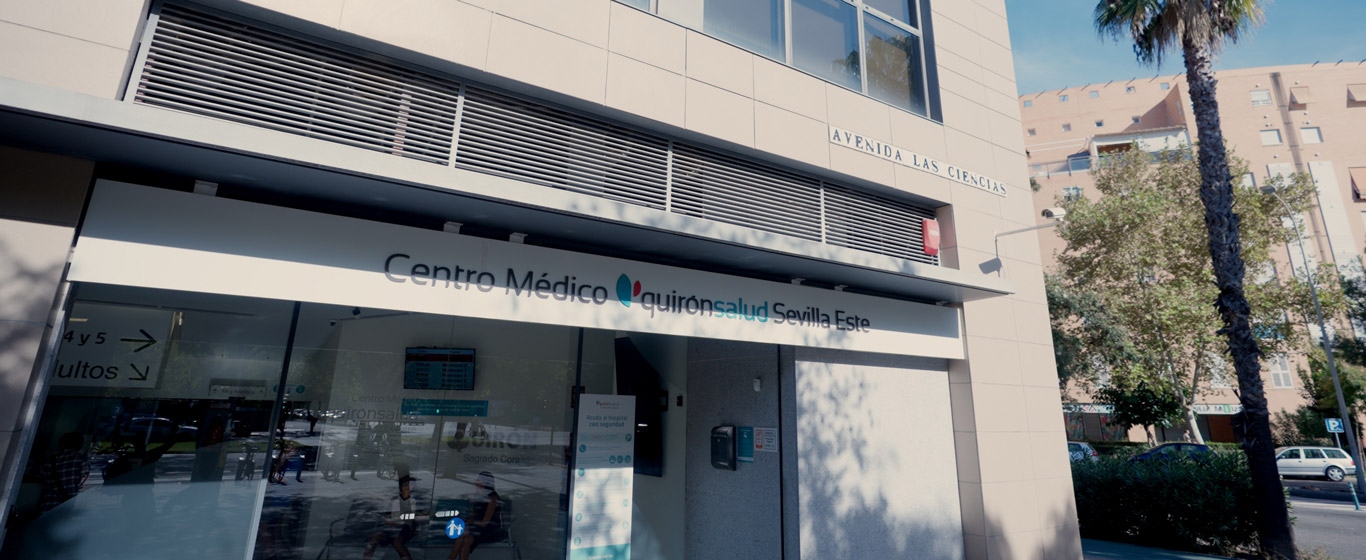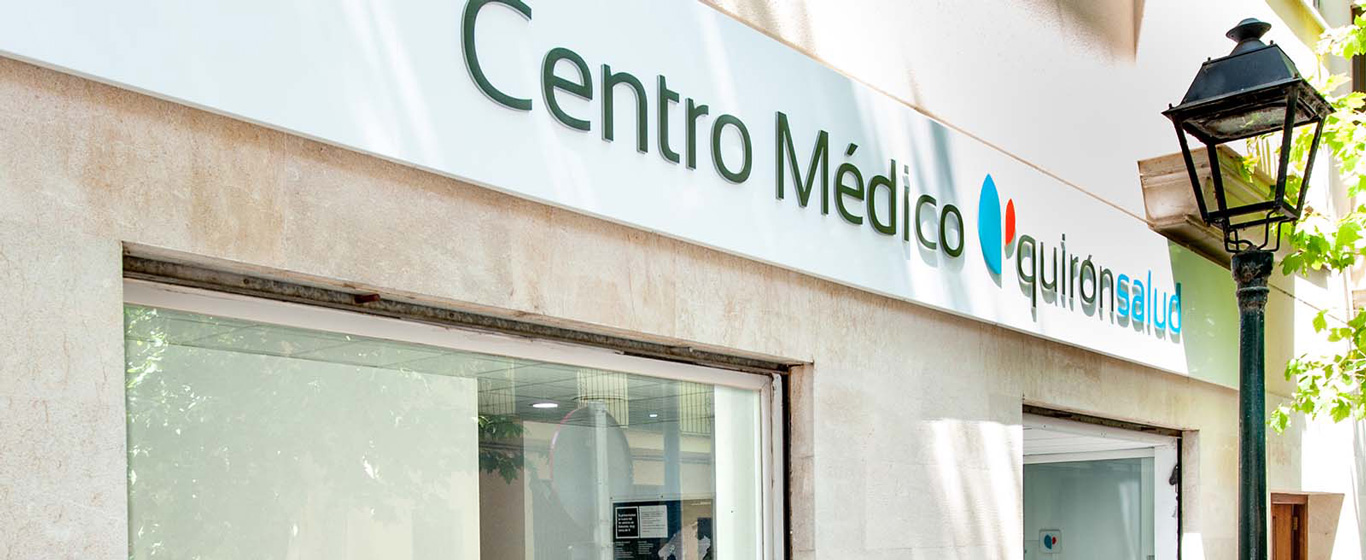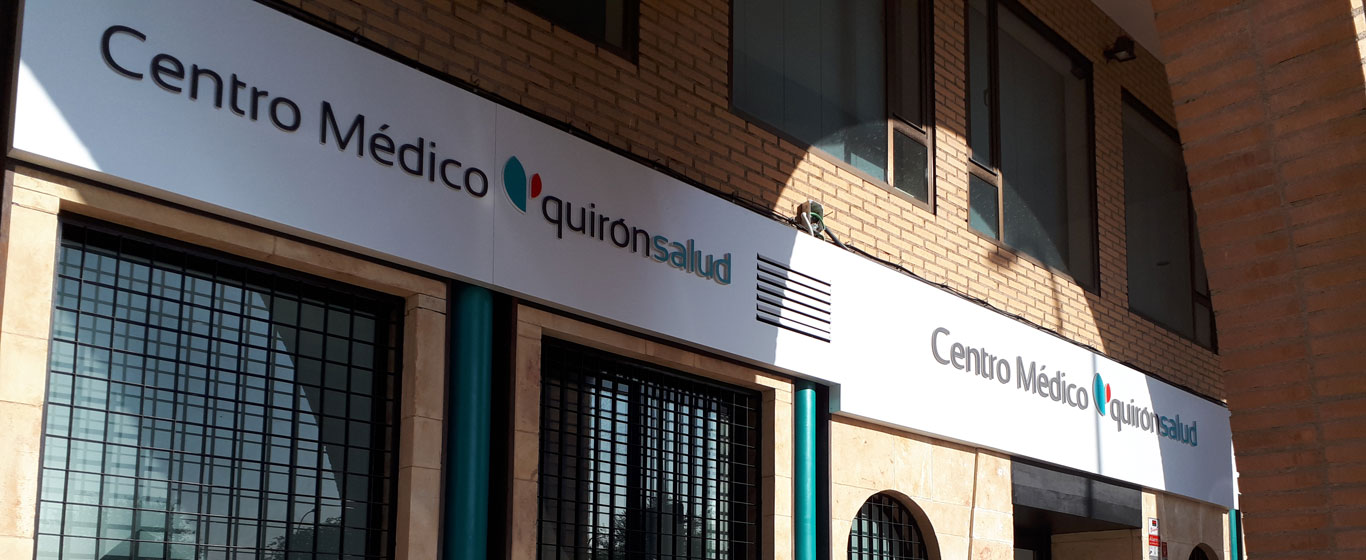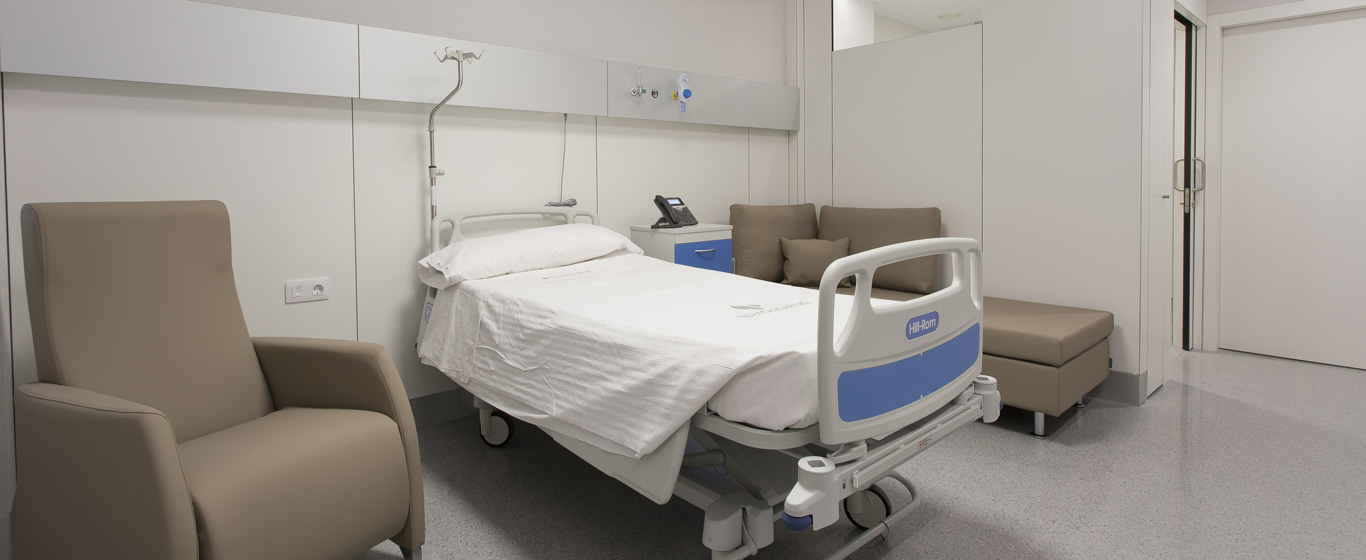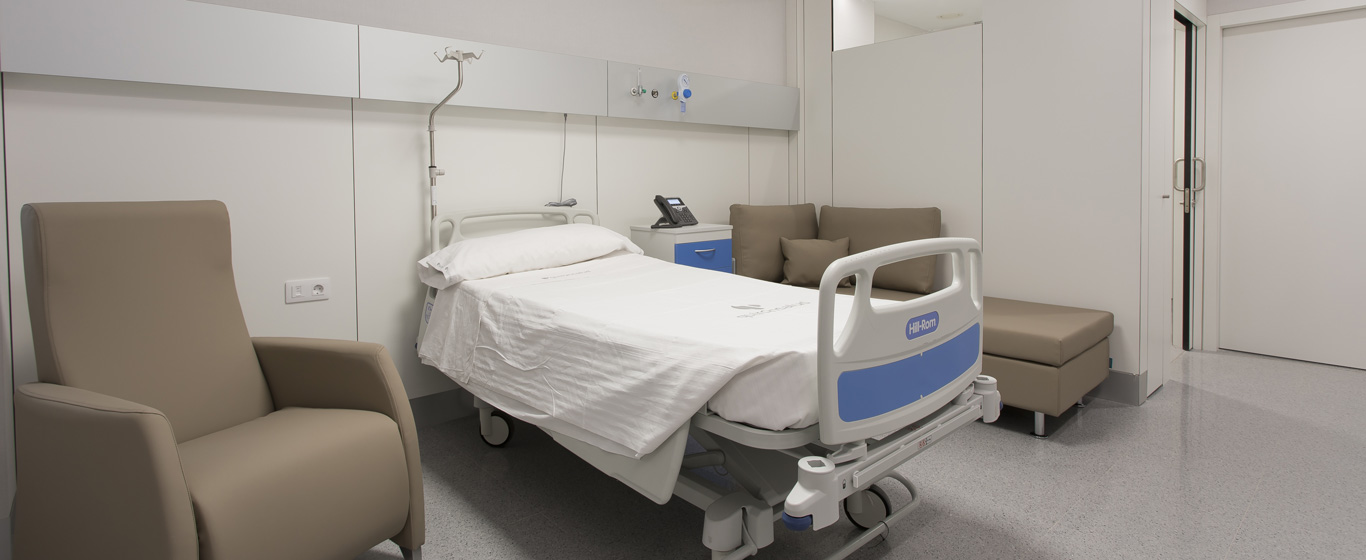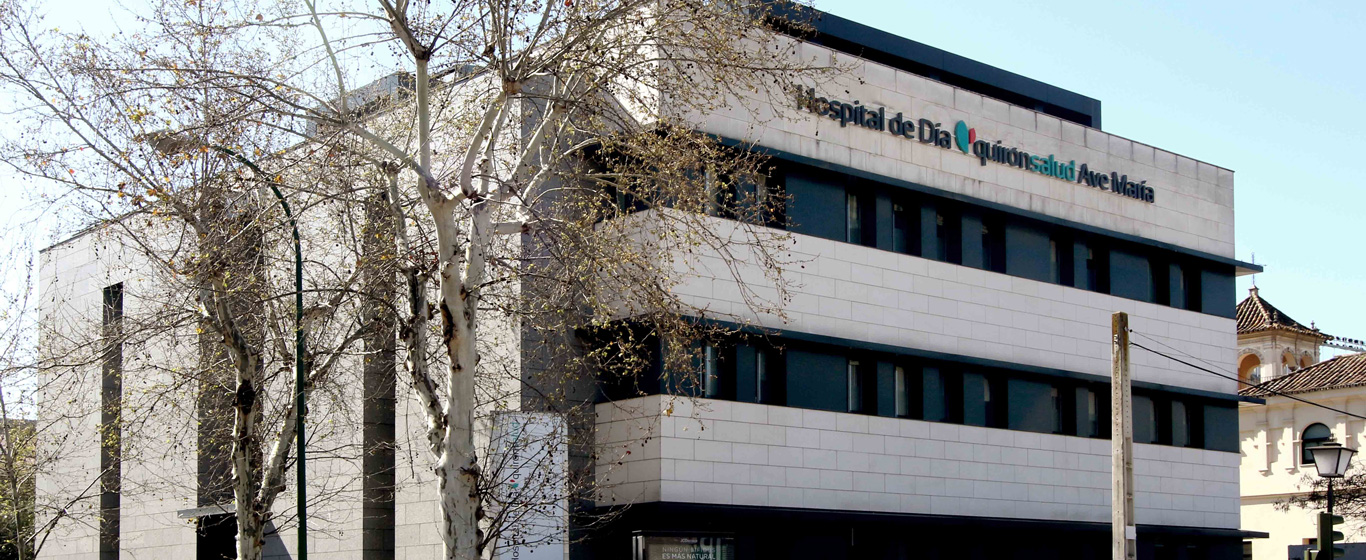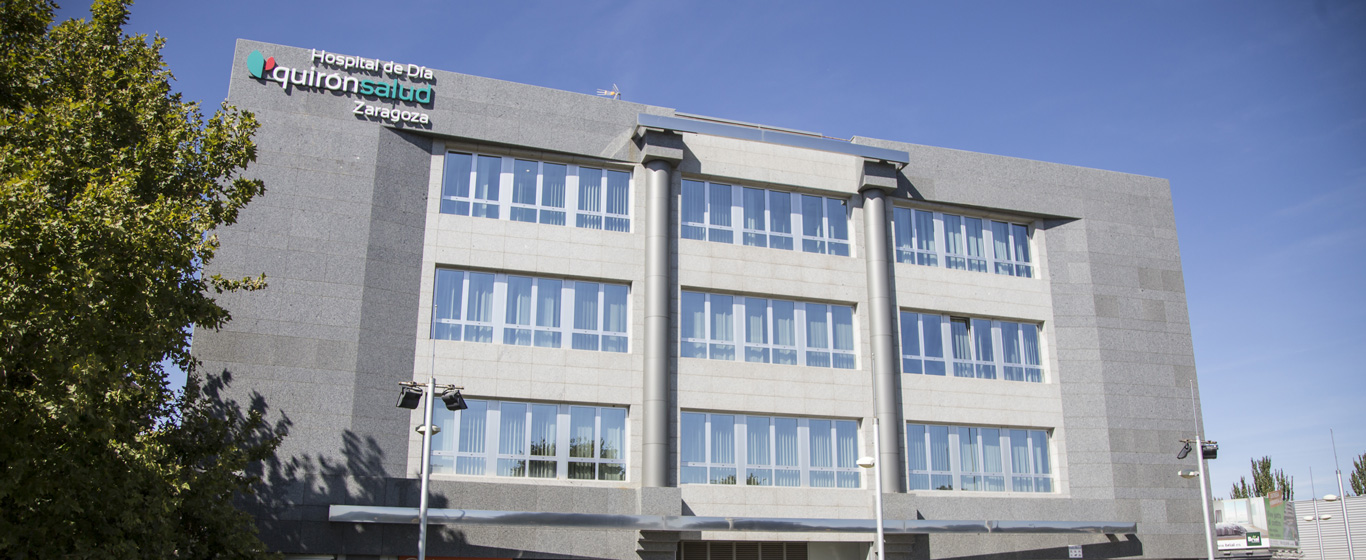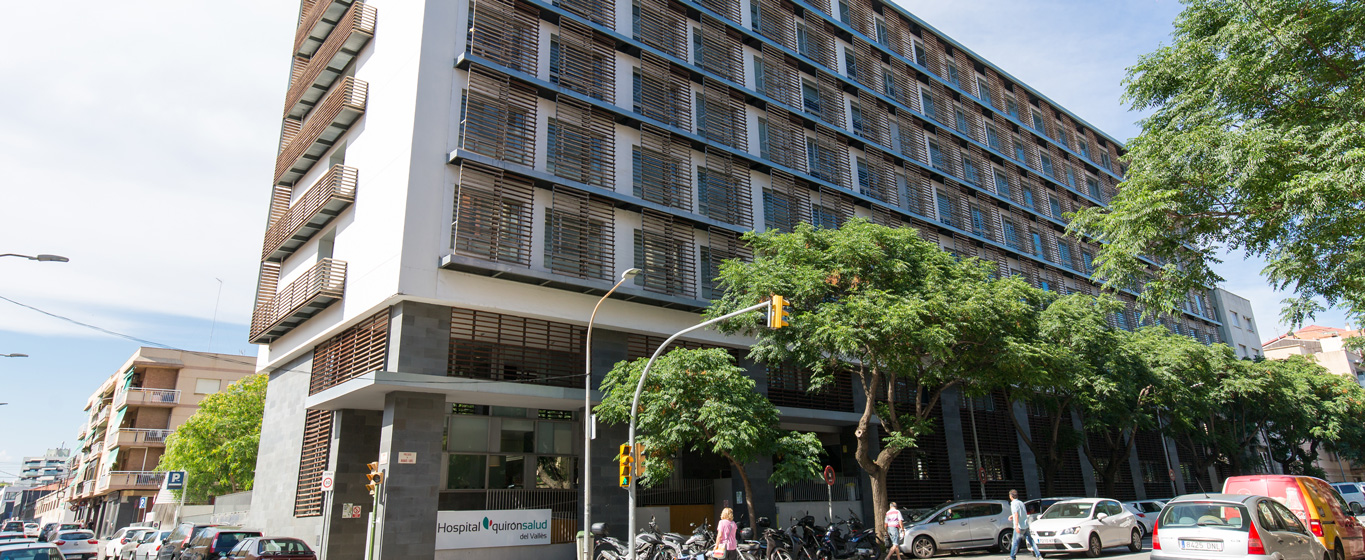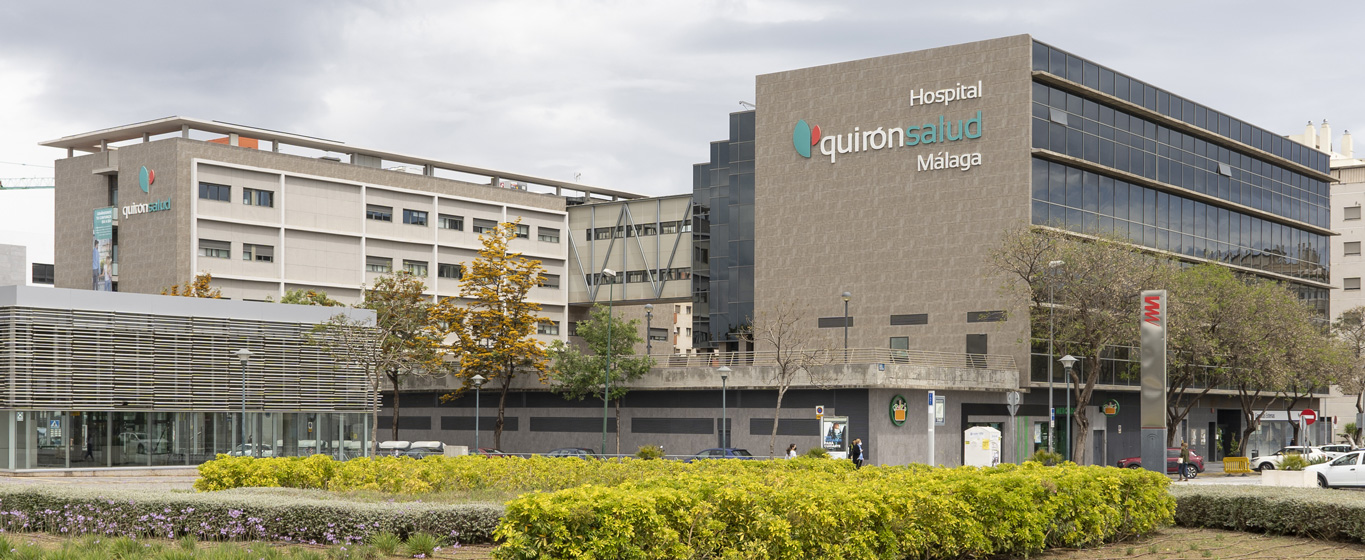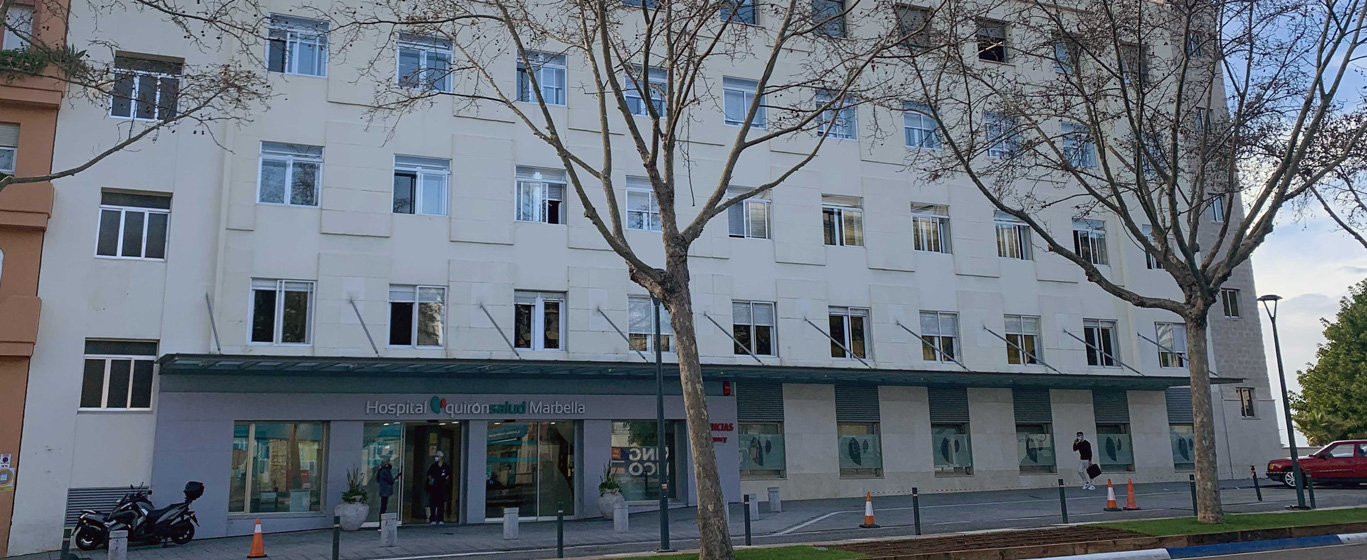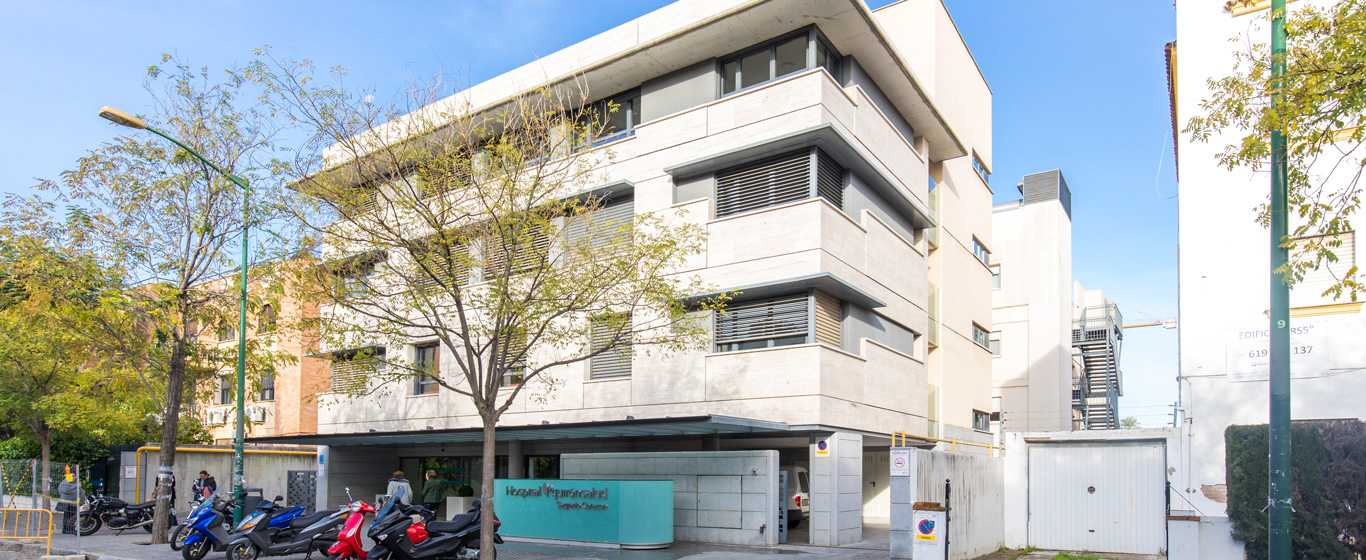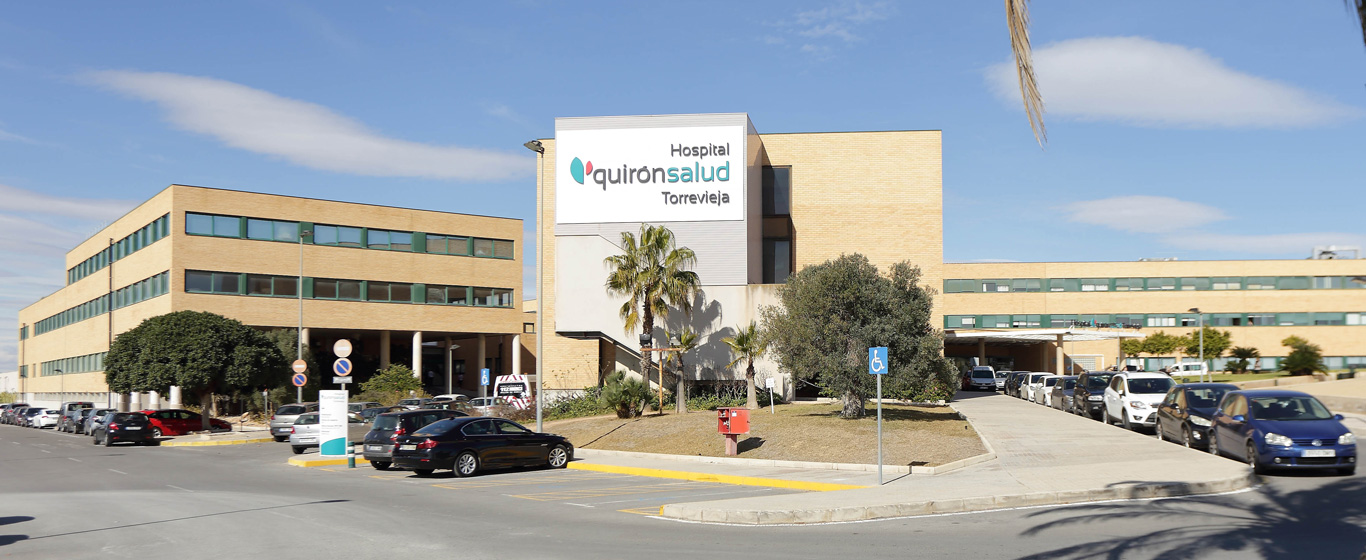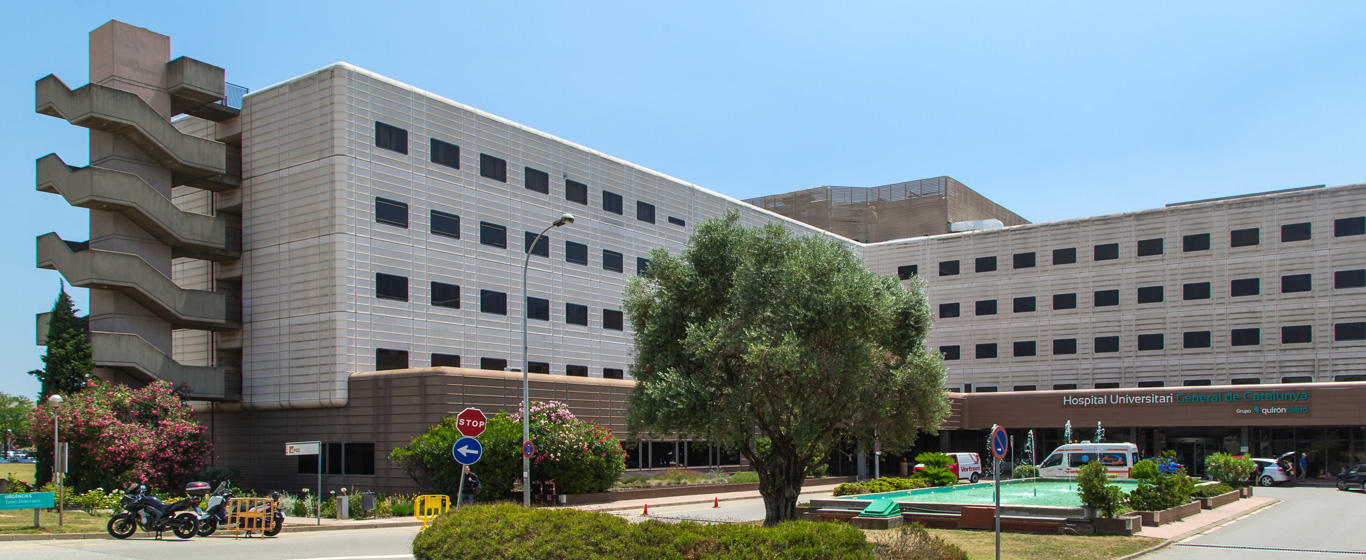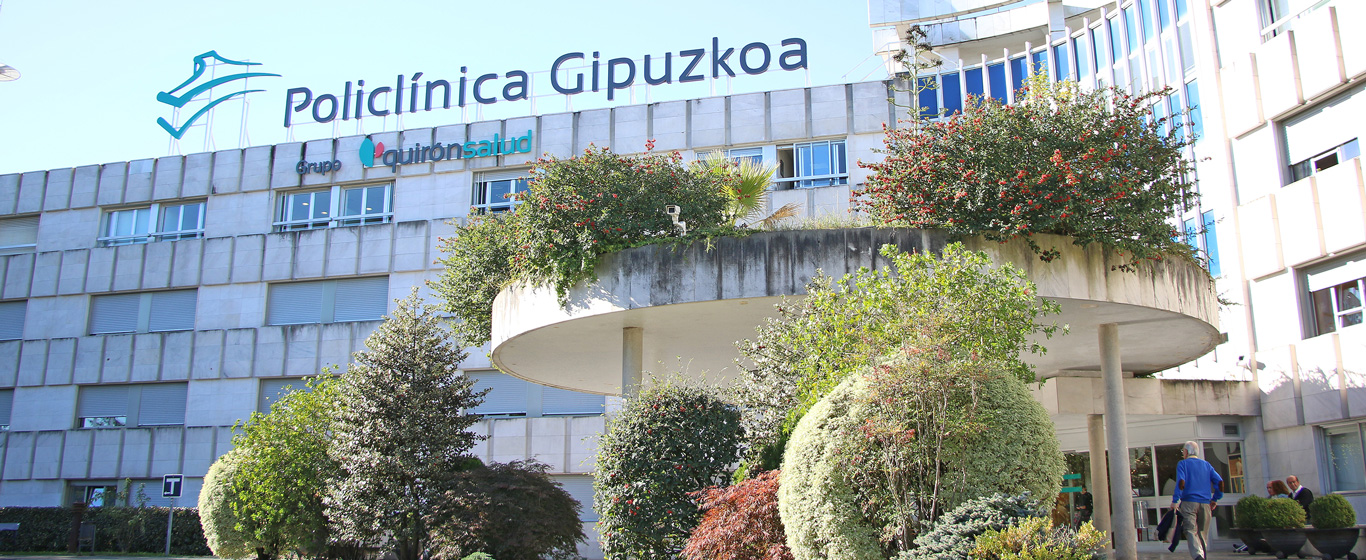Flat Feet
Information on the causes, symptoms, and most effective treatments for collapse of the foot’s inner arch.
Symptoms and Causes
Flat feet are characterized by the lowering of the inner arch, causing the sole to fully touch the ground when standing, with the foot turning outward. It is usually a painless condition, requiring treatment only if discomfort occurs.
There are two distinct types of flat feet, depending on how the plantar arch behaves during movement:
- Flexible flat foot: The inner arch disappears when bearing weight, such as while walking, but reappears when standing on tiptoe or sitting. This type is common in children, hence also called pediatric flat foot, and usually resolves on its own or with special insoles.
- Rigid flat foot: This is an acquired condition seen in adults. In these cases, the plantar arch is permanently absent and causes pain. Its treatment requires a surgical approach.
Acquired flat foot is classified into four stages depending on severity:
- Stage I: Inflammation or partial tear of the tibialis posterior tendon, possibly associated with an inflammatory disease. No deformity is present, and the sole can be flexed.
- Stage II: The tendon is degenerated or ruptured. Some deformity is noticeable, affecting foot alignment and making tiptoe standing difficult.
- Stage III: The deformity is evident. The foot becomes rigid.
- Stage IV: There is a deformity of the foot and ankle, causing the joint to tilt to one side. The posterior tibial tendon is completely ruptured, and the patient has difficulty maintaining balance.
In most cases, the prognosis for flat feet is good, as it is painless and allows for a normal life. Only the most severe cases require specific treatment to improve patient quality of life.
Symptoms
Symptoms vary depending on the type of flat foot:
- Flexible flat foot: Usually asymptomatic. When symptoms appear, they may include:
- Pain in the sole, arch, or heel, especially after walking or prolonged standing.
- Discomfort on the inner side of the foot or ankle.
- Muscle tension or fatigue.
- Proneness to falls.
- Lack of coordination when running.
- Rigid flat foot: Characteristic symptoms include:
- Pain in the posterior tibial tendon (ligament supporting the plantar arch from the tibia and fibula), especially during prolonged walking or stair climbing.
- Swelling in the ankle.
- Feeling of instability.
- Plantar fasciitis: inflammation of the tissue on the sole of the foot.
- Tarsal sinus syndrome: instability in the lateral ankle.
- Tarsal tunnel syndrome: compression of the tibial nerve as it passes through the tarsal tunnel, a fibrous canal on the inner ankle protecting blood vessels and nerves, causing numbness, tingling, or pain.
- In severe cases, disabling foot pain.
Causes
Flat feet may result from one of the following causes:
- Pediatric flat foot: During early childhood, this is a normal condition that corrects with growth. Persistent cases are usually due to a genetic component.
- Acquired flat foot: Can result from various factors:
- Progression of an uncorrected pediatric flat foot.
- Weakness of the tendons and ligaments supporting the plantar arch.
- Tissue aging and structural changes in the foot over time.
- Trauma.
- Pregnancy: hormonal changes affect ligament flexibility.
- Tarsal coalition: fusion of two or more bones in the foot.
Risk Factors
The risk of developing flat feet increases in the following cases:
- Age: children and elderly individuals are more prone to arch flattening.
- Hormonal changes.
- Obesity.
- Previous foot or ankle injuries.
- Diabetes.
- Rheumatoid arthritis.
- Osteoarthritis.
- Charcot-Marie-Tooth disease, which causes peripheral nerve damage.
Complications
If left untreated, flat feet can lead to more severe conditions, such as:
- Chronic pain in the feet, ankles, knees, and back.
- Tendinitis: inflammation of the tendons supporting the foot.
- Foot deformity: deviated toes or claw toes.
- Poor balance.
- Gait abnormalities.
- Sedentary lifestyle.
- Impaired mobility.
Prevention
In most cases, flat feet cannot be prevented. However, to maintain good foot health and promote proper development, it is advisable to follow these tips:
- Wear appropriate footwear with flexible soles and good support.
- Maintain a healthy weight.
- Perform exercises to strengthen foot muscles:
- Walk on tiptoe.
- Use toes to pick up small objects.
- Practice swimming, dance, or basketball.
- Attend regular check-ups, especially in childhood.
Which Doctor Treats Flat Feet?
Flat feet are usually diagnosed in podiatry. Orthopedic surgeons become involved in treating complex cases.
Diagnosis
Flat feet are diagnosed through a physical examination. In addition to observing and palpating the feet for possible deformities, the specialist evaluates changes in the plantar arch during movements such as:
- Walking.
- Standing still.
- Standing on tiptoe.
Sometimes, a footprint study is performed to assess the degree of arch collapse. This test involves stepping on a dry surface with wet feet to leave a mark for analysis.
X-rays, CT scans, or MRIs are used to determine the extent of deformity in the foot structures.
Treatment
Flat foot treatment must be personalized, depending on patient symptoms and characteristics. In many cases, only periodic check-ups are performed to monitor progress or confirm spontaneous resolution.
In pediatric patients or adults with mild symptoms, non-invasive therapies are used:
- Orthopedic insoles: Altering foot pressure points helps relieve symptoms. Good results are often achieved with generic devices, though custom insoles may be needed in some cases.
- Physical therapy: Strengthens foot muscles and tendons to prevent overload. Specialists also recommend exercises to improve muscle strength and gait.
- Medication: Anti-inflammatory drugs reduce inflammation, and analgesics relieve pain.
Severe cases unresponsive to the above measures require surgery to correct the deformity. The most common procedures are:
- Arthrorisis: Restricts joint movement without fully fusing bones to correct deformity. Common in pediatric patients.
- Osteotomy: The calcaneus or tarsal column is cut to improve foot alignment.
- Arthrodesis: Used in very severe cases, fusing one or more foot joints. Mobility is lost, but deformity is corrected and pain is alleviated.
- Tendon reconstruction: A healthy tendon from another part of the body is transplanted to improve foot function, often combined with osteotomy or arthrodesis.




